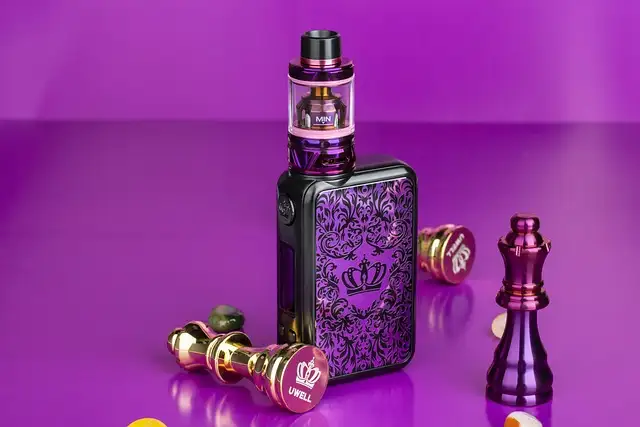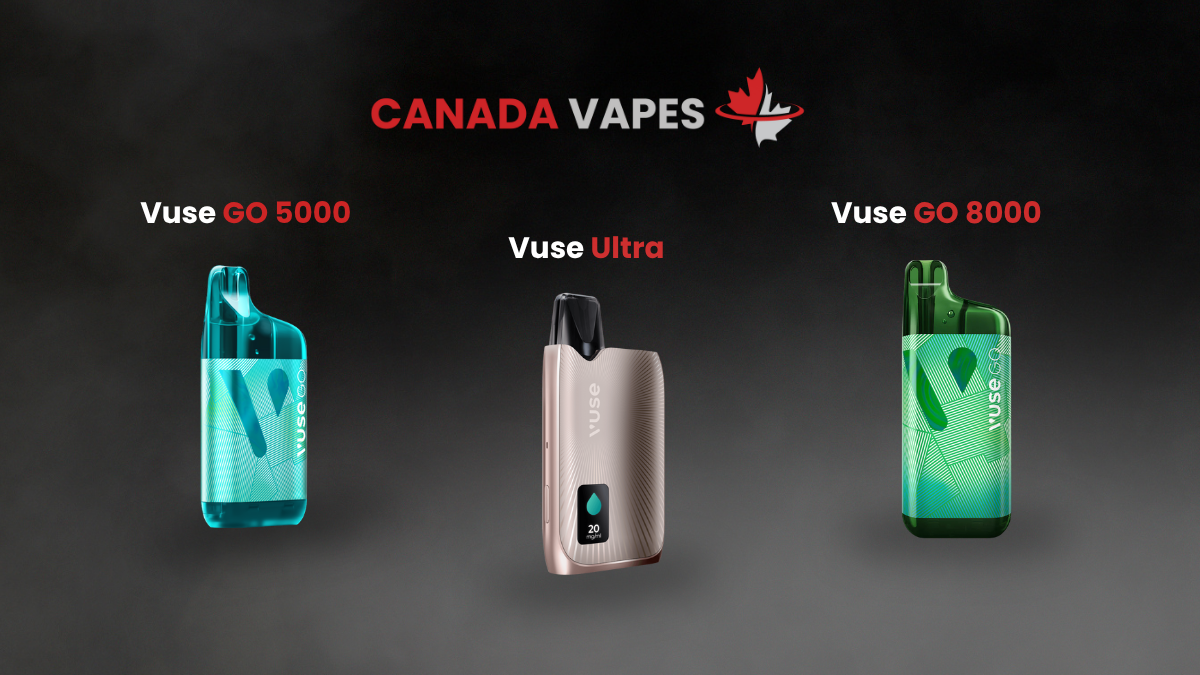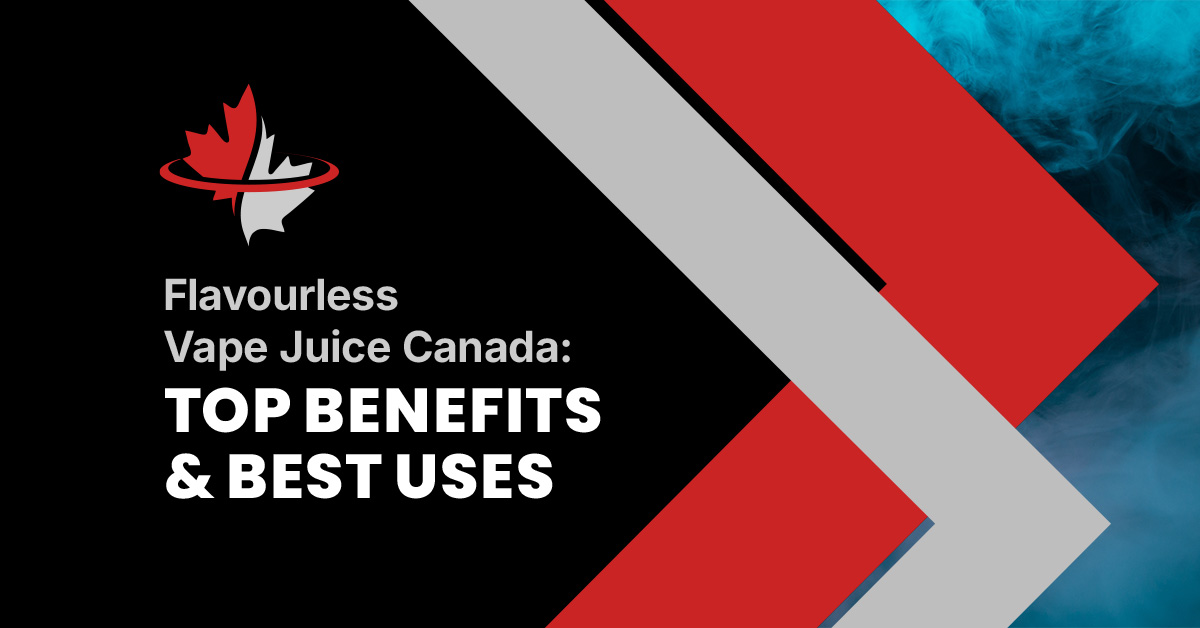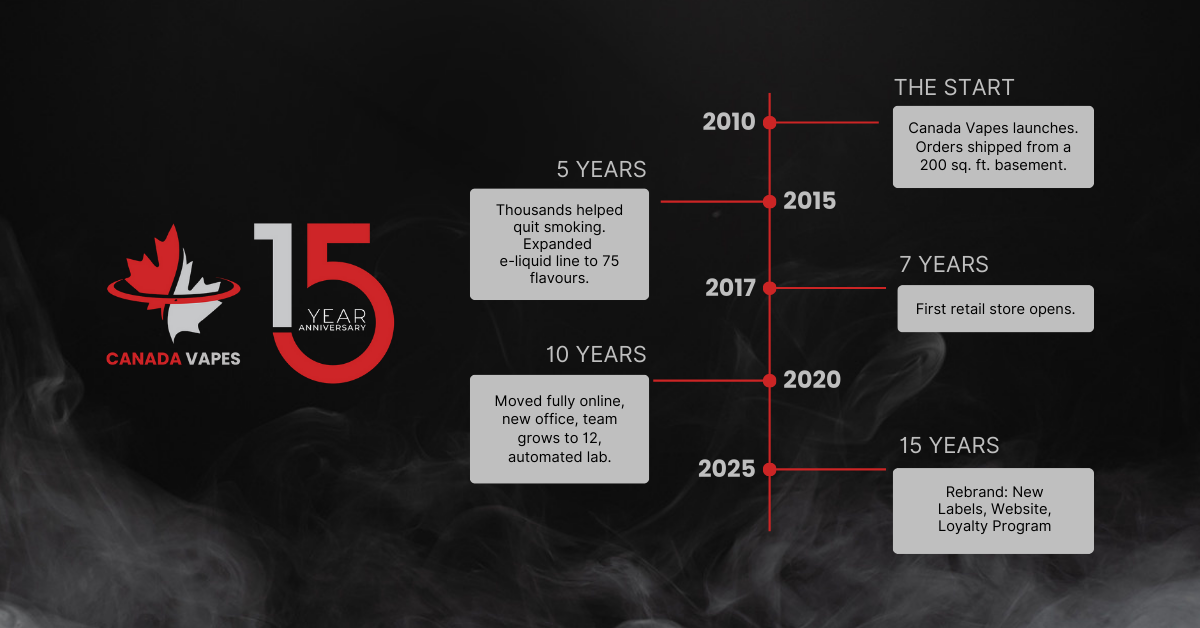Vaping devices may look simple, but they are made up of multiple components that work together to deliver vapourized e-liquid. Whether you’re a beginner exploring vaping for the first time or an experienced user looking to refine your setup, understanding the different parts of a vape device is crucial. This knowledge can help you troubleshoot issues, maintain your device properly, and customize your vaping experience. In this guide, we’ll break down the main components of a vape device, explain their functions, and highlight key considerations for optimal performance.
1. Battery (Power Source)
The battery is the heart of any vape device, providing the power needed to heat the coil and vapourize the e-liquid.
Types of Vape Batteries
- Built-in Batteries – Found in beginner-friendly devices like pod systems and some box mods, these batteries are non-removable and charged via USB.
- Removable Batteries – Found in advanced mods, these batteries (18650, 20700, 21700) can be replaced when drained, offering longer device lifespan.
Battery Safety Considerations
- Always use the correct charger to prevent overcharging.
- Store batteries in protective cases to avoid short circuits.
- Never use damaged or swollen batteries, as they pose safety risks.
2. Coil (Heating Element)
The coil is responsible for heating the e-liquid and turning it into vapour. It consists of a wire wrapped around a wicking material.
Types of Vape Coils
- Standard Wire Coils – Made from Kanthal, Nichrome, or Stainless Steel; commonly used in beginner-friendly devices.
- Mesh Coils – Have a larger surface area, providing better flavour and vapour production while reducing dry hits.
- Ceramic Coils – Last longer and provide a smoother flavour experience.
Ohm Resistance and Vaping Style
- Sub-ohm Coils (<1.0Ω) – More vapour, warmer hits, best for direct lung (DTL) vaping.
- High-ohm Coils (>1.0Ω) – Less vapour, tighter draw, ideal for mouth-to-lung (MTL) vaping.
Maintenance Tip: Replace coils every 1-2 weeks (or when you notice a burnt taste or reduced vapour).
3. Tank/Pod (E-Liquid Reservoir)
The tank (or pod) holds the e-liquid and supplies it to the coil. The design and material of the tank affect the vaping experience.
Types of Vape Tanks
- Sub-ohm Tanks – Used for high-wattage vaping with larger clouds.
- MTL Tanks – Designed for tighter draws, similar to traditional smoking.
- Pods – Compact, refillable or disposable reservoirs used in pod systems.
Canadian Regulations on E-Liquid Storage
- Some provinces regulate the maximum e-liquid capacity of tanks and pods to restrict nicotine consumption.
Maintenance Tip: Regularly clean your tank/pod to avoid residue buildup and flavour contamination.
4. Wick (E-Liquid Absorption System)
The wick is an absorbent material that delivers e-liquid to the coil, ensuring consistent vapour production.
Common Wicking Materials
- Cotton – The most popular material due to its purity and efficiency.
- Rayon – Provides faster e-liquid absorption, reducing dry hits.
- Ceramic – Used in certain coils for a longer lifespan and cleaner flavour.
Maintenance Tip: Always prime your coil (saturate it with e-liquid before first use) to prevent dry hits and burnt taste.
5. Airflow System
Airflow plays a crucial role in vapour production, throat hit, and temperature control.
Types of Airflow
- Adjustable Airflow – Found in tanks and pod mods, allowing users to customize the draw resistance.
- Fixed Airflow – Used in simpler pod systems and disposable vapes for a consistent experience.
MTL vs. DTL Airflow:
- MTL devices have tight airflow for a cigarette-like experience.
- DTL devices have wide airflow for dense vapour clouds.
Customization Tip: Adjust airflow to find the balance between flavour intensity and cloud production.
6. Chipset and Circuit Board (Regulated Mods Only)
Advanced vape devices use chipsets to regulate power and enhance safety features.
Key Functions of a Chipset
- Power Regulation – Controls wattage and temperature settings.
- Safety Protections – Includes short-circuit protection, overcharge prevention, and overheating safeguards.
- Customizable Features – Allows users to adjust voltage, resistance, and firing mode.
Regulated vs. Mechanical Mods:
- Regulated Mods – Have built-in safety features and are beginner-friendly.
- Mechanical Mods – Lack circuit protection and are used by experienced vapers only.
7. Mouthpiece (Drip Tip)
The mouthpiece is where users inhale vapour. Its shape and material influence the vaping experience.
Types of Drip Tips
- Narrow bore (MTL) – Provides a tighter draw and concentrated flavour.
- Wide bore (DTL) – Enhances cloud production and allows smoother airflow.
- Materials: Plastic, resin, metal, and Delrin (heat-resistant material).
Customization Tip: Swap out drip tips to alter your vape’s warmth and draw resistance.
8. E-Liquid (Fuel for the Device)
E-liquid (or vape juice) is the substance vapourized in a vape device. Its composition determines flavour, nicotine strength, and vapour production.
Key Ingredients in E-Liquids
- Propylene Glycol (PG) – Thinner, enhances throat hit, used in MTL vaping.
- Vegetable Glycerin (VG) – Thicker, produces more vapour, ideal for DTL vaping.
- Nicotine Options – Freebase (strong throat hit) vs. Nicotine salts (smooth hit, higher strengths).
Canadian Nicotine Regulations
- Maximum nicotine strength: 20mg/ml (in most provinces).
- Flavour restrictions: Some provinces (like Nova Scotia & Quebec) ban flavoured vape juice except for tobacco.
Storage Tip: Keep e-liquid in a cool, dark place to maintain freshness and potency.
Understanding the main components of a vape device allows users to maintain their devices properly, troubleshoot common issues, and enhance their vaping experience. Whether you’re looking for better battery life, smoother draws, or bigger clouds, knowing how each part functions will help you make informed choices.
If you’re in the market for high-quality vape devices and accessories, check out our selection. Got questions? Drop them in the comments below! 🚀









